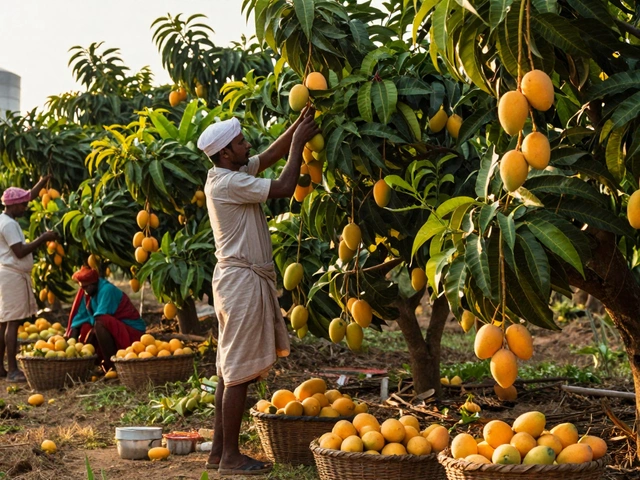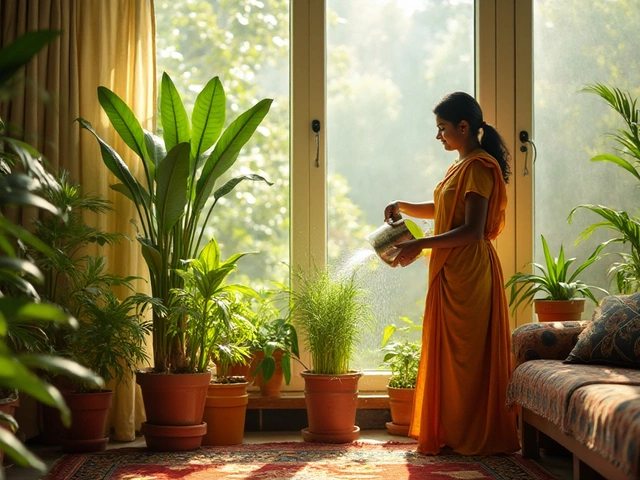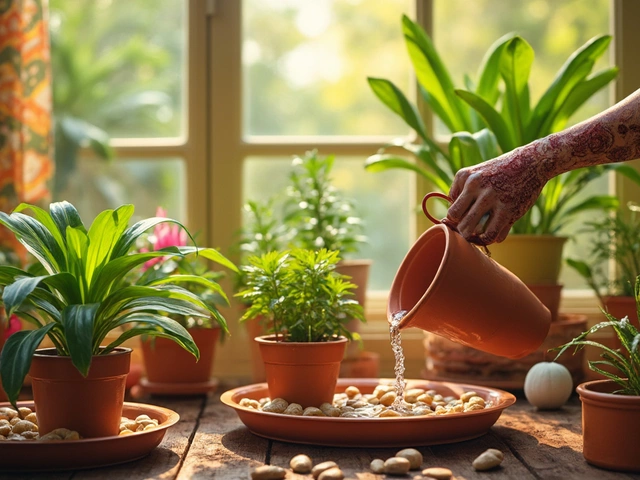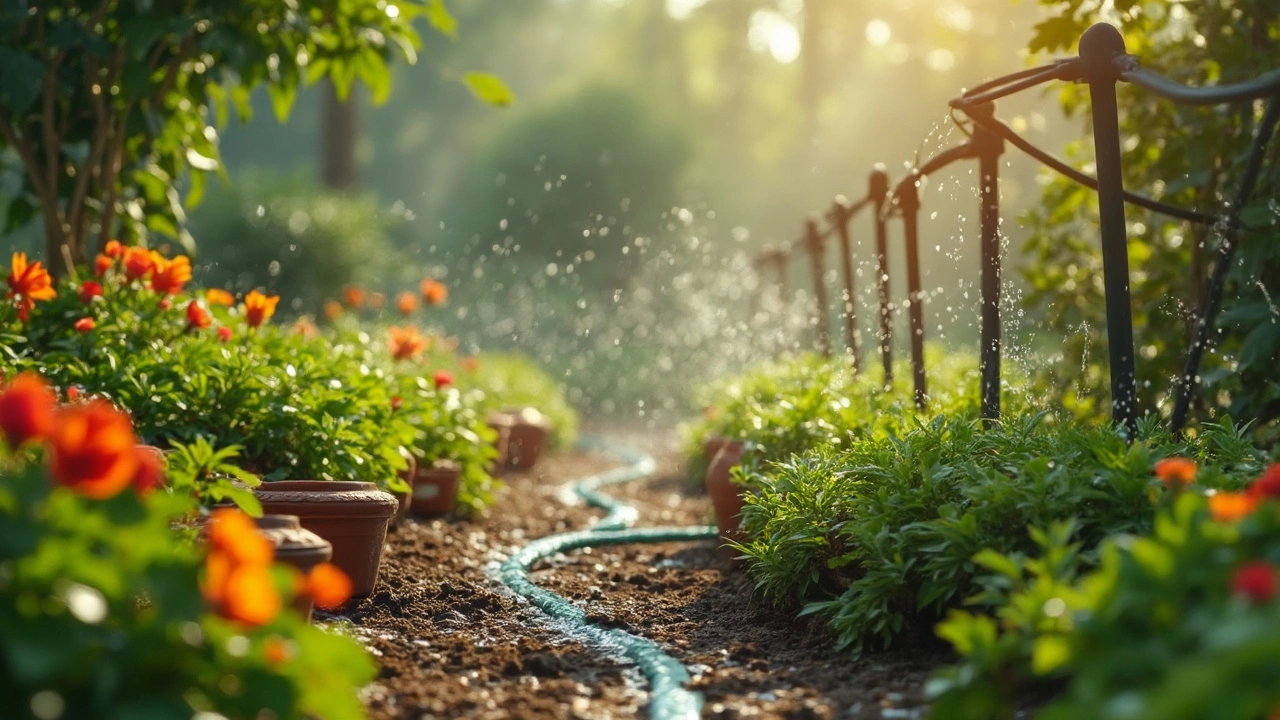Water Management Made Simple for Indian Gardens
Got a garden and a water bill that makes you wince? You’re not alone. Managing water well is the secret to thriving plants and lower costs, especially with India’s varied climate. Below you’ll find down‑to‑earth tips you can start using today—no fancy tech needed.
Why Water Management Matters
India’s monsoon can be generous, but the dry months are relentless. Over‑watering wastes a precious resource, while under‑watering stresses roots and reduces yields. Getting the balance right means healthier veg, brighter blooms, and a garden that works with nature instead of against it.
Simple Tools to Control Water Use
Drip irrigation is the star player. A network of thin tubes delivers water right to the root zone, cutting evaporation by up to 70%. If you’re worried about cost, start small—run a single drip line for a few high‑need plants and watch the savings grow.
Another cheap hack is soil moisture sensors. Stick a probe a few inches deep and check the reading before you water. Most Indian soils show a dry layer at 5‑10 cm when they actually need water deeper down.
Mulching is a free, no‑tech solution. A layer of straw, leaf litter, or even coconut husk keeps the soil cool and reduces evaporation. In hot zones like Rajasthan, a 5 cm mulch layer can save up to 30 % of daily water loss.
Timing matters too. Water early in the morning or late evening when the sun isn’t scorching the leaves. This lets water soak in instead of flying off as steam. Avoid watering on windy days—wind spreads water droplets away from the soil.When you plant, group species with similar water needs together. This “hydrozoning” means you can run one drip line for a block of thirsty veggies and another for drought‑tolerant herbs, saving both time and water.
Don’t forget to check your system for leaks. A tiny drip can waste a liter a day, adding up fast. Walk the lines weekly, tighten fittings, and replace worn-out emitters.
For larger gardens, consider a rainwater harvesting tank. Capture monsoon runoff, filter it, and use it for irrigation during the dry spell. It’s a great way to cut down on municipal water use and keep your garden green year‑round.
Finally, keep an eye on plant health. Wilting, yellowed leaves, or dry leaf tips often signal water stress. Adjust your schedule based on what the plants are telling you, not just on a calendar.
By blending low‑cost tools like drip lines, mulch, and smart timing, you can master water management without breaking the bank. Your garden will thank you with lush growth, and your wallet will feel a little lighter too.
How Much Water Should Flow from Your Drip Line?
Drip irrigation is a game changer for efficient water use, but how much water should actually drip from those lines? This article breaks down the basics, from understanding flow rates to adjusting for plant needs. Dive into practical tips for maintaining a healthy landscape, conserving water, and ensuring your garden thrives. We'll also explore the role of soil type and how weather can influence your irrigation strategy.
About
Drip Irrigation
Latest Posts


Most Profitable Fruit Farming in India: Top Crops and Real Returns
By Alden Thorne Dec 1, 2025

Reviving Indoor Plants: Expert Tips for Lush Greenery
By Alden Thorne Dec 14, 2024

Discovering Asia's Largest Flower Market in India
By Alden Thorne Feb 25, 2025

